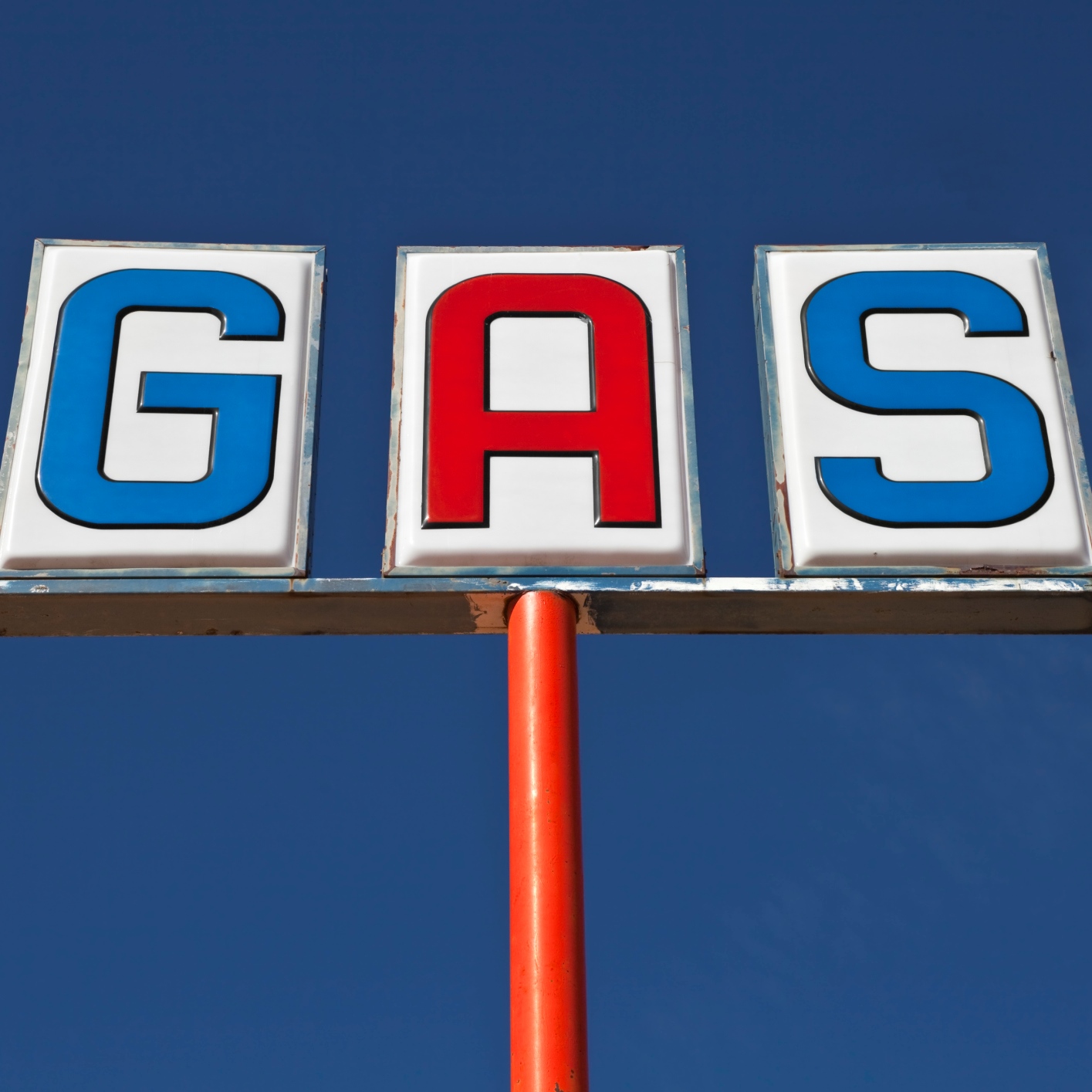Energy
US Gasoline Prices Continue Rising as Cold Weather Hikes Demand

Published:
Last Updated:

The new year was ushered in with a sharp increase in the U.S. price for a gallon of regular gasoline. Nationally, gas prices averaged $2.49 a gallon Tuesday, up six cents from last Tuesday’s level and 14.7 cents higher than the same time a year ago.
More than 80% (41) of the 50 states experienced gas price increases last week. Prices remain historically low but have risen more or less steadily at a time of year when analysts expect prices to dip.
Crude oil inventories fell by 4.6 million barrels and will kick off the new year with some 54 million barrels drained from U.S. inventories over the course of 2017. Gasoline stockpiles rose by 600,000 barrels and will begin 2018 with about the same level of inventory with which it began 2017.
Patrick DeHaan, head of petroleum analysis at GasBuddy, said:
It’s mostly a happy New Year as gas prices remain in the low-to-mid $2 per gallon range, but it’s not quite as happy as could be as it’s the priciest start to a New Year since 2014. 2017 wrapped up a fairly tame year, but keep in mind oil prices are among the highest we’ve witnessed in over two years, and we’re in the middle of a severe cold snap, one which is likely to drive up demand for heating oil, propane and other petroleum products, which is certainly a bullish start to the year. GasBuddy’s 2018 Annual Fuel Outlook, being released tomorrow morning, will be giving motorists a good look at what to expect in the year ahead. In looking at our own report card from our 2017 Fuel Outlook, we had forecast a yearly average gas price of $2.49 per gallon and were less than 10 cents away from hitting it head-on. Anyone who’s got a tank to fill – whether gas or diesel – will want to stay in the know for what’s coming in the year ahead.
States where prices moved most last week were: Delaware (up 14 cents); Michigan and Ohio (up 10 cents); Kentucky (up eight cents); Maryland, Georgia and Florida (up seven cents); Illinois (up six cents); and New Jersey (up five cents).
States with the lowest average prices last week included Alabama, Arkansas, Missouri and Oklahoma ($2.21); Mississippi ($2.23); Tennessee, Texas and Louisiana ($2.25); and Kansas ($2.27).
The highest average prices per gallon last week were reported from Hawaii ($3.29); California ($3.12); Alaska ($3.06); Washington ($2.86); Pennsylvania ($2.74); Oregon ($2.74); Nevada ($2.71); Michigan ($2.68); and Connecticut and New York ($2.64).
Benchmark West Texas Intermediate (WTI) crude oil for February delivery traded down about 0.2% in the noon hour Tuesday at $60.27, while Brent for March delivery traded at $66.45. The price differential (spread) between WTI and Brent crude narrowed by nearly 80 cents to $6.18 a barrel week over week.
Want retirement to come a few years earlier than you’d planned? Or are you ready to retire now, but want an extra set of eyes on your finances?
Now you can speak with up to 3 financial experts in your area for FREE. By simply clicking here you can begin to match with financial professionals who can help you build your plan to retire early. And the best part? The first conversation with them is free.
Click here to match with up to 3 financial pros who would be excited to help you make financial decisions.
Have questions about retirement or personal finance? Email us at [email protected]!
By emailing your questions to 24/7 Wall St., you agree to have them published anonymously on a673b.bigscoots-temp.com.
By submitting your story, you understand and agree that we may use your story, or versions of it, in all media and platforms, including via third parties.
Thank you for reading! Have some feedback for us?
Contact the 24/7 Wall St. editorial team.